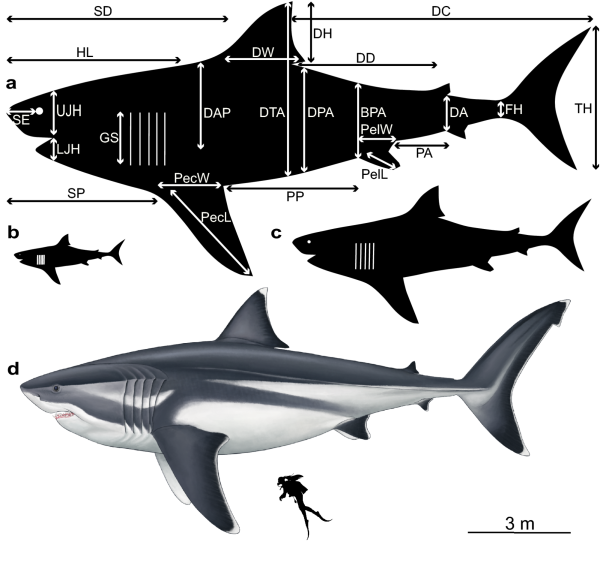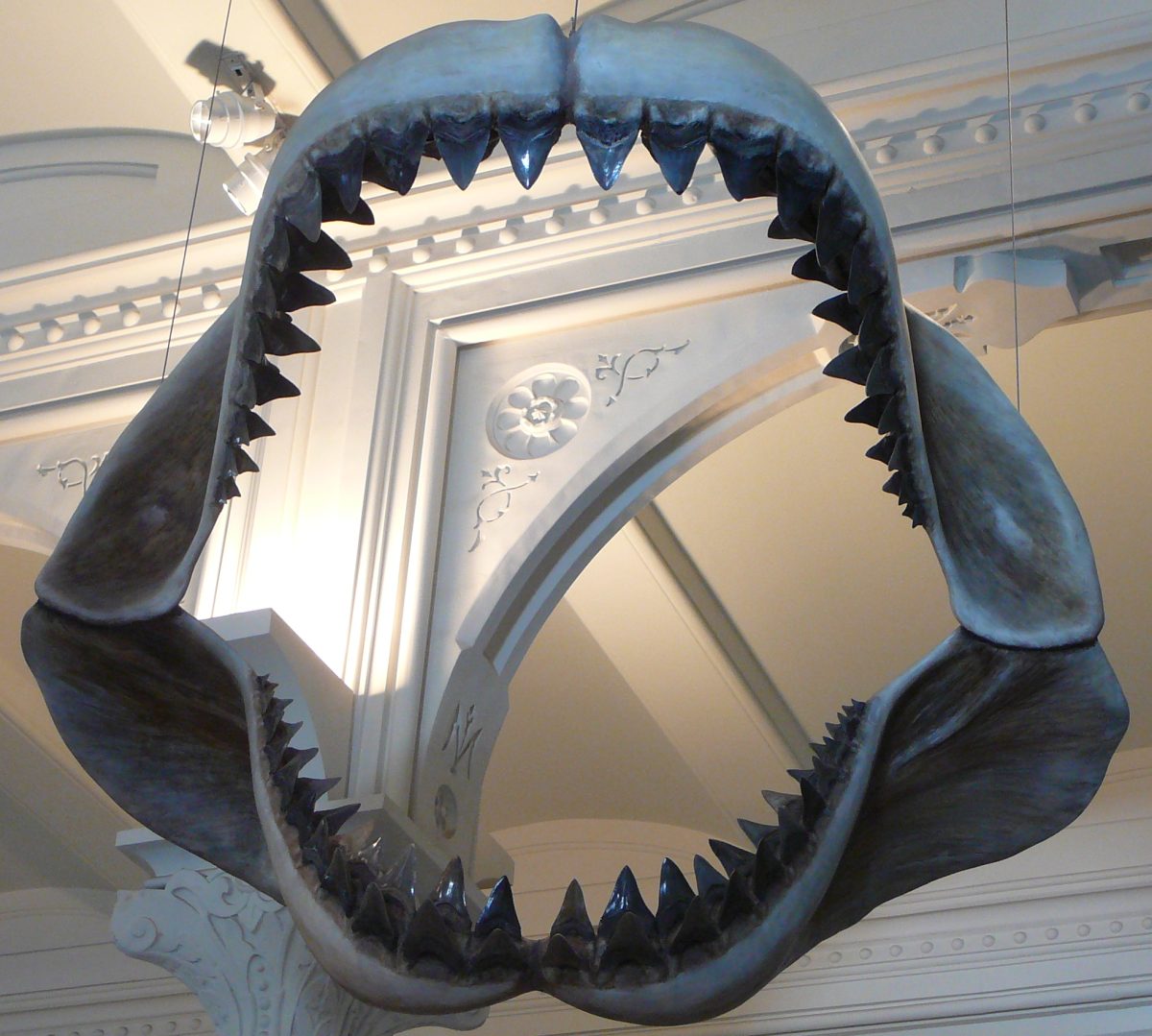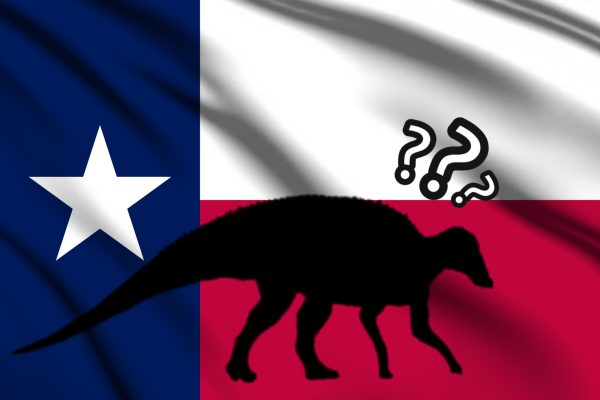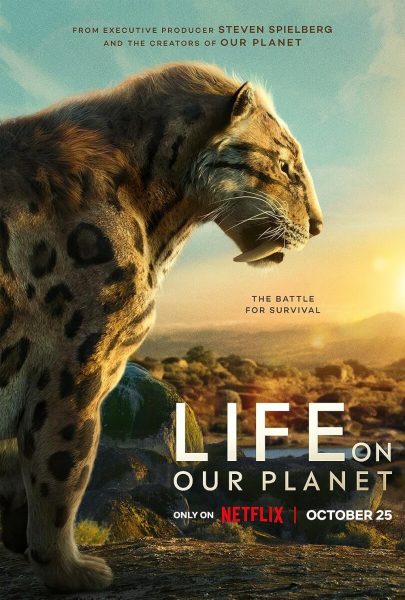Otodus megalodon, more commonly referred to as just Megalodon is an extinct species of shark from the Miocene and Pliocene. Famous for its immense size being the largest shark ever, and infamous for its poor preservation in the fossil record known from only teeth. It is safe to say that Megalodon is one of the most notorious prehistoric superstars out there, in both regards.
Scientists usually reconstruct Megalodon and other Otodus species using the Cretaceous ancestor Cretalamna along with modern species from the Lamnidae family like the great white shark or shortfin mako due to it being in the same superfamily as Otodontidae (Megalodons family). When using these species as a reference, particularly the great white, Megalodon simply resembles an upscaled version; however, due to the incomplete nature of Megalodon remains, it leaves the possibility for error in one’s depiction of the animal as only so much can be done with the use of close relatives and not actual remains. But as it is the safest option during reconstruction, for many years Megaldon has been illustrated countless times in the image of the great white.
But now, with the help of an older and seemingly overlooked specimen. Known as IRSNB P 9893, we can get an even better picture of this animal.

The research team leading this project is doing so in an attempt to further our understanding of Megalodon as what we know is quite little. The past is key to the present and future, especially in the case of Megalodon. This species’ impact was so monumental it shaped the ecology and evolution of our modern ocean ecosystems as we know it today. So understanding Megalodon also means understanding our world and its change.
Due to the incomplete nature of Megalodon remains, it leaves the possibility for error in one’s depiction of the animal as only so much can be done with the use of close relatives and not actual remains.
The reserarch team’s paper like many of its kind is a counterargument against previously published work, specifically Cooper et al. (2020) Megalodon paper and Cooper et al.’s (2022) 3D Megalodon model. Theirs uses the great white shark as a model representation, but this research team used the previously mentioned IRSNB P 9893 specimen more than the 16 great whites, which consists of 141 associated, but disarticulated, vertebral centra from a 46-year-old individual from the Miocene of Belgium.
By changing the source of model representation, the research team ended up getting a much longer length and a slimmer body shape, resembling the Cretaceous Cretalamna. They ended up with a 9.2 m TL estimate for the shark, based on a linear regression function describing the quantitative relationship between the maximum vertebral width and TL measurement from the 16 great whites. The team concluded that Cooper’s 2020 paper and 2022 model are outdated, as are any other previous Megalodon models. However, this paper itself might also be obsolete in time, as science constantly changes with new finds, especially paleontology.














